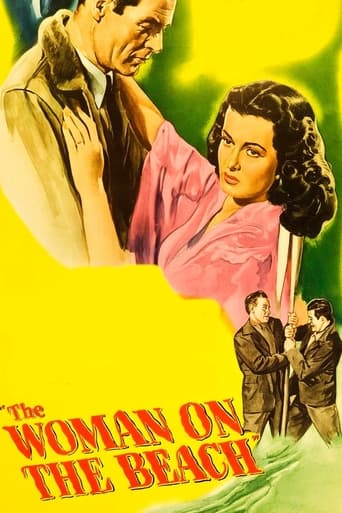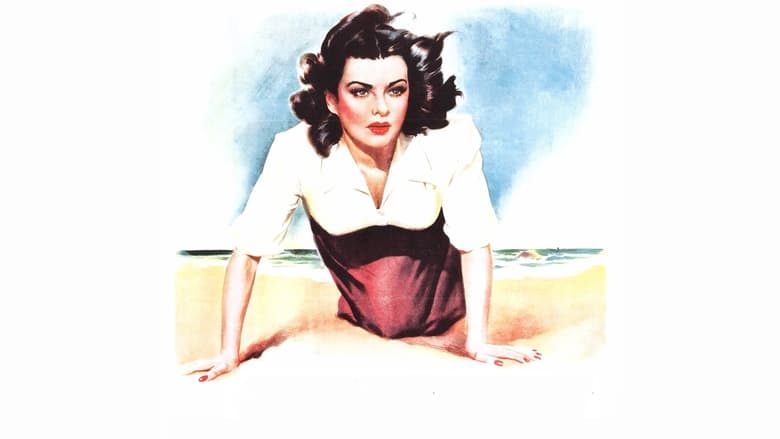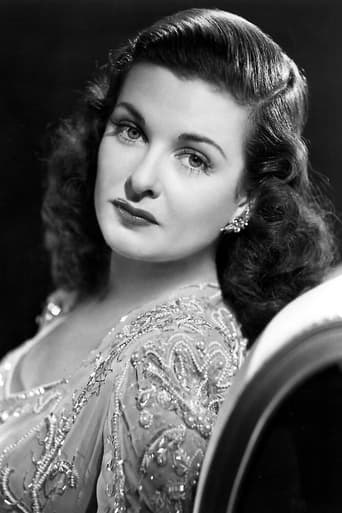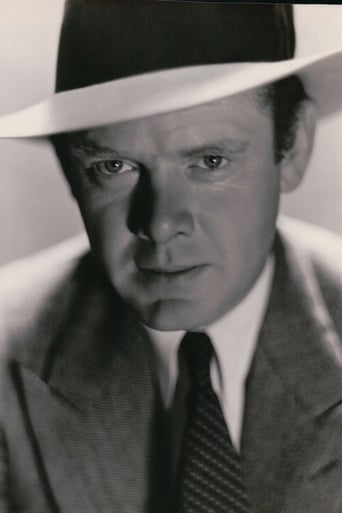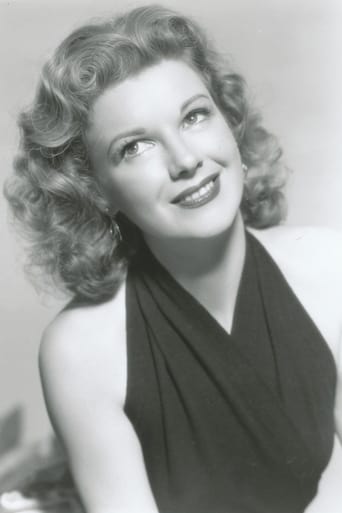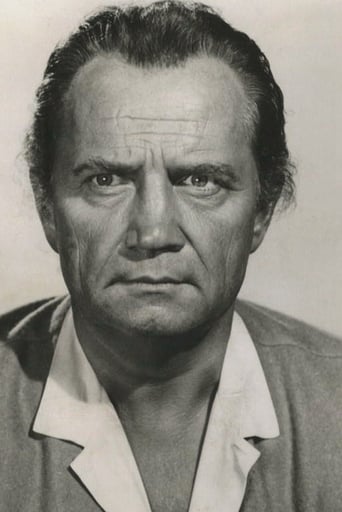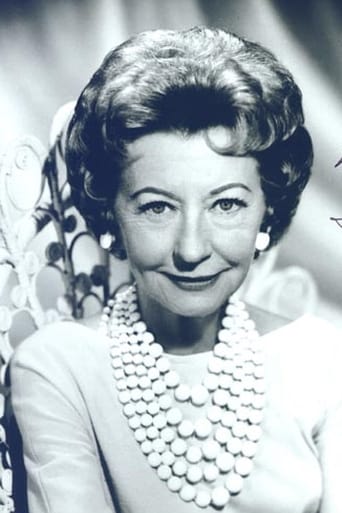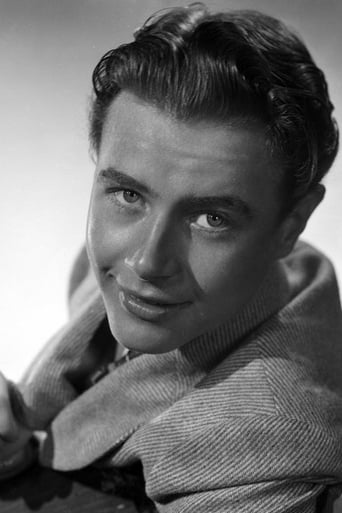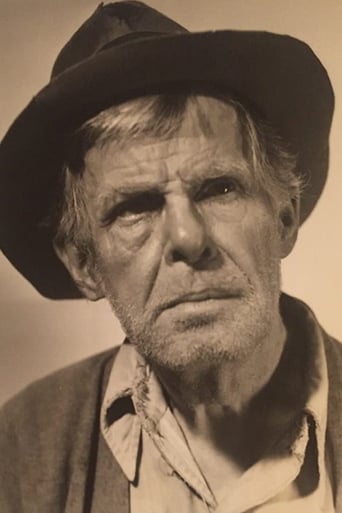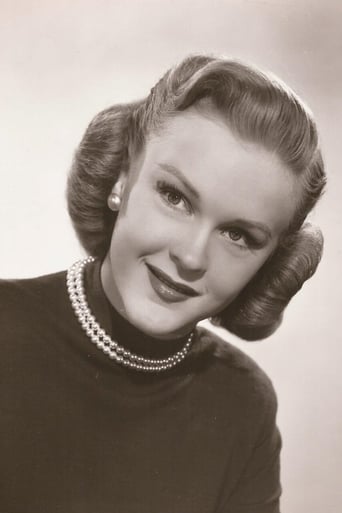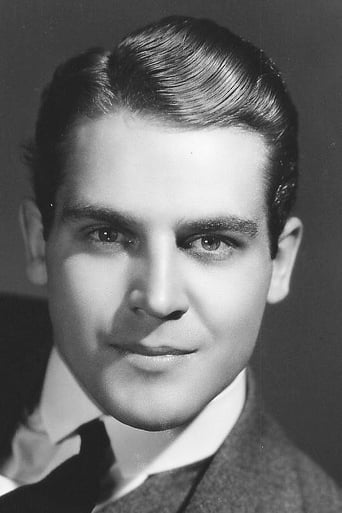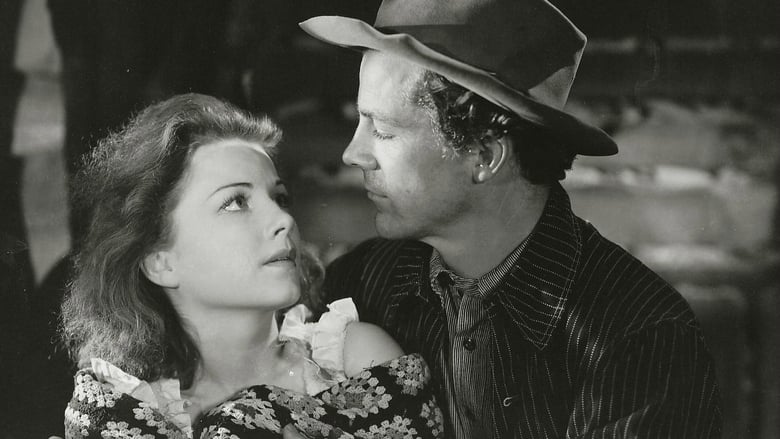A sailor suffering from post-traumatic stress becomes involved with a beautiful and enigmatic seductress married to a blind painter.


Similar titles
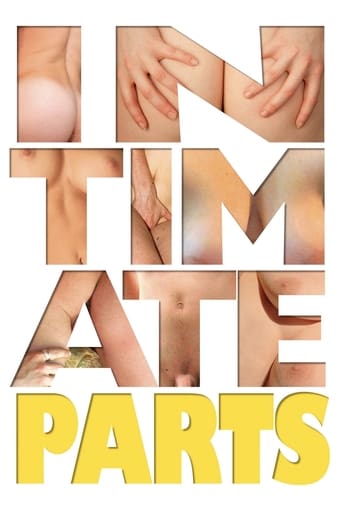

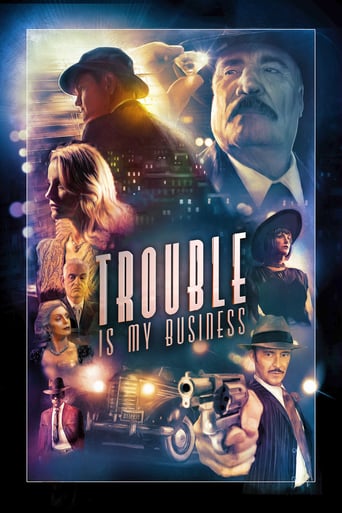
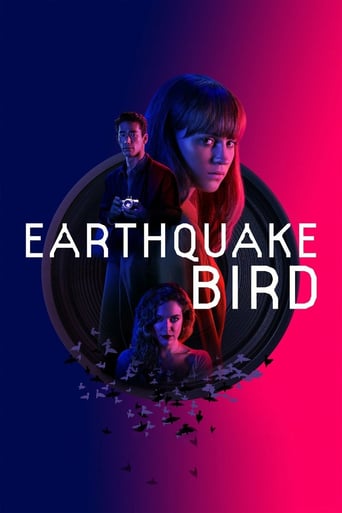
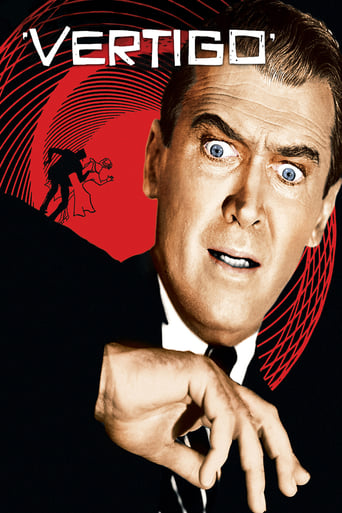
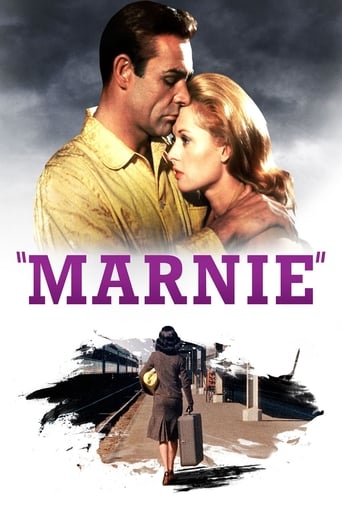

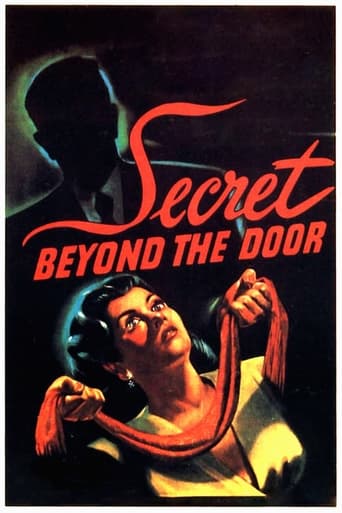
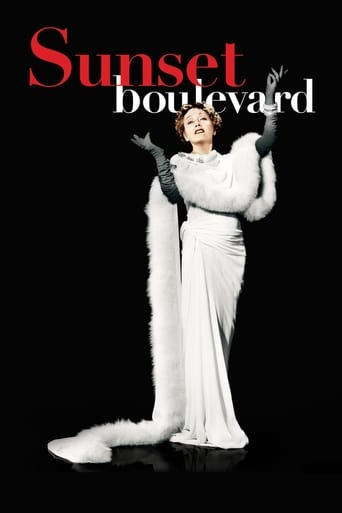
Reviews
Film noir is all about a narrator losing control of his story and succumbing to hallucination. French critics were the first to identify it because they had their own tradition of this, the silent films of Epstein, Kirsanoff, L'Herbier, rich in inwards reflection and confused mind. Later Duvivier and others. So this does nothing new for noir, but is amazingly effective because it comes by the hand of someone who has lived in his films, so quite deeply, the transition from dream to the light of day. Rules is just not my kind of film, it's too fussy. But remember, Renoir started in the impressionistic style of the 20's and artistically grew up in his father's paintings and Epstein's cinema. It pays off in this small film here.The plot is that a man has come back from the war, a happy life ahead of him. He can't wait to get married, and what would be more sensible than that. But something is not quite right with him, his body is doing fine but other wounds have not healed.Our first scene of him, is where he sinks to the bottom of a dream which is a woman beckoning. This is what's all about here, visions from a confused mind. Debris and shatters the war has left in his soul are dragging him down. He wants freedom from all that. Deep down, he wants frothy sex that floats and not the deep pull of marriage.Next to a shipwreck on a windswept beach he encounters the dreamy woman with flowing raven hair. It turns out she's the unhappy wife of a blind painter and they both share a desire to be free to explore again.Now you can call the noir plot in advance, deceit and all that, you wouldn't be wrong, but it's the French touch that matters. It's Renoir's blind painter who guides the vision here, blind but has finetuned other subtler senses to experience the world.he begins to dictate something about goodness not being inherent in man, but trails off, dismayed that bare words can ever provide real in-sight. No, we need images of soul.you don't need to think what a painting is all about, he muses, you just have to trust the eye to see.but see, it was a night of wild passion, unchecked desire, that cost him his 'sight'. The damage of the eyes is so deep, he cannot even tell 'light from dark'.he clings to paintings that could make him rich, including a portrait of the wife, because it's the only memory left.It's all so clearly reflected here, evocatively framed between high cliffs and a tempest at sea. The beach as shared wounded soul. The masterful touch is that our man is not convinced of the blindness, believes it's all a put-on for spite or control, which is the deeper noir mechanism, refusal to believe that unbridled desire can blind you. It ends with a burning house, a proper vision. We can surmise that, having 'seen', having had in-sight of the delusional chimera they both were chasing, they are cleansed to go back to healthy relationships.A tantalizing prospect is getting to imagine the film in its complete state, what we have exists in a meager 71m version.RKO rolled in and once more butchered a film. However, we don't have any of the ambiguous perturbations caused on the reality of the film by removing parts of it that happened in the case of Welles, what I term the Ambersons effect, my guess is this is the result of not simply recutting for continuity but actually reshooting parts of the film. So it fully makes sense the way we have it.Still, who knows what RKO deprived us of. My guess is they cut off a lot of richly reflected poetry and dream scenery from the beach and sea. You can fill in on that by watching Epstein's Le Tempestaire, released that same year. It's layered just so to fit right in here: a woman stares out at sea worried for her fisherman boyfriend, an old woman warns of a portentous tempest rushing from behind the skies. It's one of the best films I have seen.
It's amazing that Joan Bennett, Robert Ryan and Charles Bickford are able to hold interest in this muddled melodrama even though the script is far from believable, the situations are trite and the ending is unsatisfactory.The story plods along with occasional bursts of melodrama that seem forced and unreal because the script is so banal. Ryan is attracted to Bennett, whose blind husband (Bickford) seems to welcome him as a friend. She gradually falls in love with Ryan while distancing herself emotionally from Bickford with whom she has a love/hate/guilt relationship over being responsible for him losing his sight.Jean Renoir's direction with the players is uneven because none of the characters are sharply defined. Nevertheless, Ryan and Bennett do the best they can with characters not motivated properly and Bickford acquits himself well as the bitter artist whose works keep him living in the past.None of the elements make the story palatable or even believable. What a waste of time and talent.
By 1947, Jean Renoir, at least indirectly, wasn't new to the American film noir style. Two years earlier, Fritz Lang had released the first of his two Renoir remakes, 'Scarlet Street (1945),' which was based upon 'La Chienne / The Bitch (1931)' {the second film, 'Human Desire (1954),' was inspired by 'La Bête humaine (1938)'}. 'Scarlet Street' notably starred Joan Bennett in a prominent role, which makes it interesting that, despite allegedly disliking that film, Renoir himself used her in his own Hollywood film noir, 'The Woman on the Beach (1947).' It's a visually-magnificent film, with photography from Leo Tover and Harry Wild (the latter of whom shot 'Murder, My Sweet (1944)' and 'Macao (1952)') that perfectly captures the mystery and eerie calm of the beach-side setting, frequently swathed in gentle clouds of mist that foreshadow the ambiguity and uncertainty of the story that follows. When we first glimpse Joan Bennett on the fog-swathed coast, collecting driftwood at the wreck of a grounded ship, she really does look ghostly and ethereal, a premonition that may or may not be real.Robert Ryan plays Scott, a coastguard who suffers from regular night terrors concerning memories of a war-time naval tragedy, when his ship was presumably torpedoed. His dream sequences are gripping and otherwordly, recalling the excellently surreal work achieved by Renoir in his silent short film, 'The Little Match Girl (1928).' During his nightmares, Scott imagines an underwater romantic liaison, which, before he can get intimate, unexpectedly blows up in his face; this is an apt indication of the events that unfold later in the film. Scott is engaged to marry the pretty Eve (Nan Leslie), but his attention is soon distracted by Peggy (Joan Bennett), the titular "woman on the beach." Peggy is married to Tod (Charles Bickford), a famous blind artist who is still coming to terms with his relatively recent affliction. At just 71 minutes in length, 'Woman on the Beach' feels far too short, the apparent victim of studio interference. Scott is obviously enamoured, and later obsessed, with femme fatale Peggy, in a manner than suggests Walter Neff's fixation with Phyllis Dietrichson, but the motivations behind his actions are inadequately explored and explained.Perhaps as a result of the studio's trimming of scenes, many plot-twists in the film seem somewhat contrived. Scott's extreme determination in proving that Tod is faking blindness feels so incredibly illogical why, indeed, would Tod even consider such a con? Many wonderful scenes are severely hampered by the story's lack of exposition. In the film's most dramatic scene, amid the choppy waters of the Atlantic, Robert Ryan displays a frighteningly convincing rage that borders on pure psychosis, a quality that Nicholas Ray exploited five years later in 'On Dangerous Ground (1952).' However, because Scott's obsession and emotional transformation had previously been explored so sparsely, the sequence feels, above all else, out of context. The performances are nevertheless solid across the board, with Bickford probably the most impressive. Bennett's character is tantalisingly ambiguous: throughout the film, she slowly reveals herself to be nothing but a greedy tramp, though Scott insists on treating her as a tormented victim of abuse. The ending offers little in the way of resolution, reaffirming the sentiment that perhaps this film isn't all there.
After sitting through this film in total bemusement I turned to the eight comments posted here in search of anything that may help me make sense of it. There seems to be a consensus that Renoir suffered a touch of the Orson Welles' inasmuch as a potential masterpiece was butchered by the studio. There may be grounds for asserting the studio did in fact cut the film extensively but I could detect no evidence whatsoever that this was a potential Magnificent Ambersons. I'm an admirer of Renoir but I had to work awfully hard to detect his hand in even one frame of this noir manque. By coincidence I saw it within 24 hours of another noir film set largely out of doors in daylight and made by a Frenchman albeit set in America but Jacques Tourneur's Build My Gallows High is light years ahead of this whilst compared to Renoir over the long haul Tourneur is very much second-string. Like Gallows the protagonist - respectively Robert Mitchum and Robert Ryan - begins his cinematic life betrothed to a wholesome Doris Day substitute but is soon seduced by a femme fatale - Jane Greer and Joan Bennett - but that's about as far as comparison will take us. Unlike Gallows Renoir never permits the noir world to fully intrude and eclipse the healthy environment in which the protagonist is discovered so that we're constantly reminded of 'normal' life even as Ryan is drawn deeper and deeper into the whirlpool surrounding Bennett and her blind painter - a very crude metaphor for impotence - husband Charles Bickford. All three principals give it their best shot but the problem was they never knew which target - thriller, suspenser, drama, melodrama - they were aiming at.
